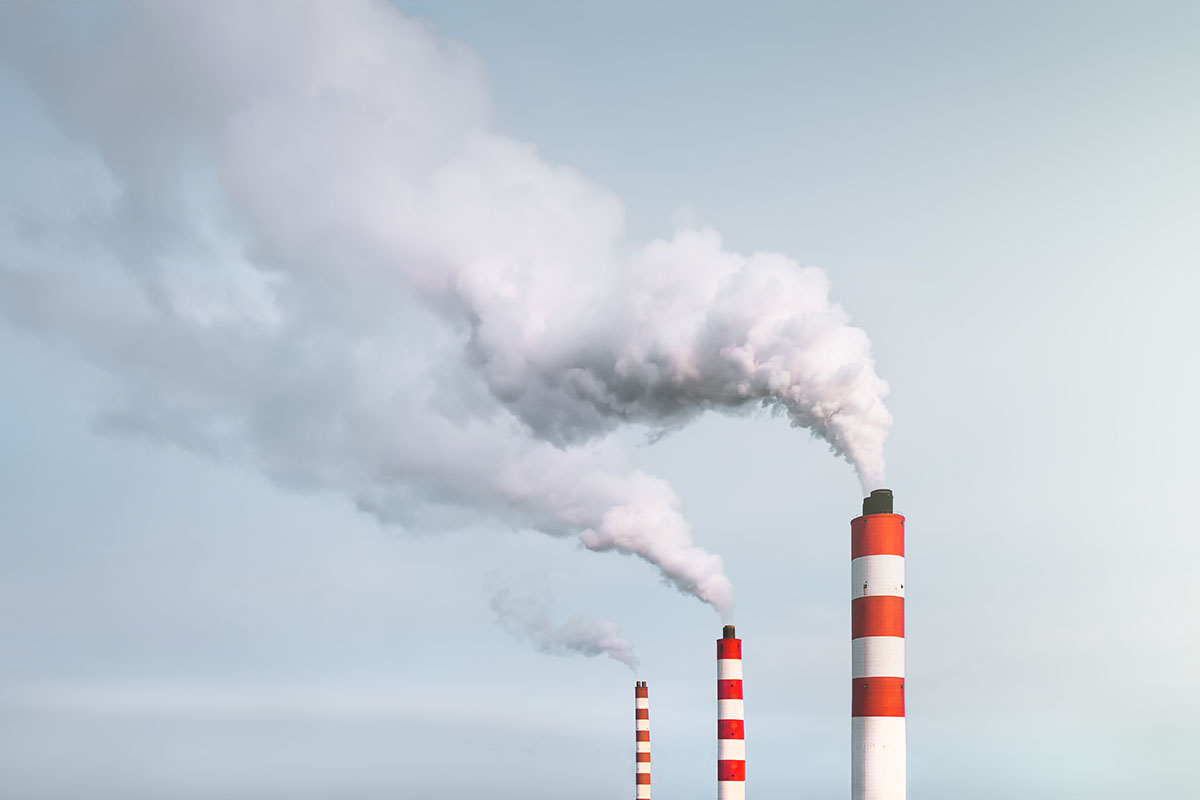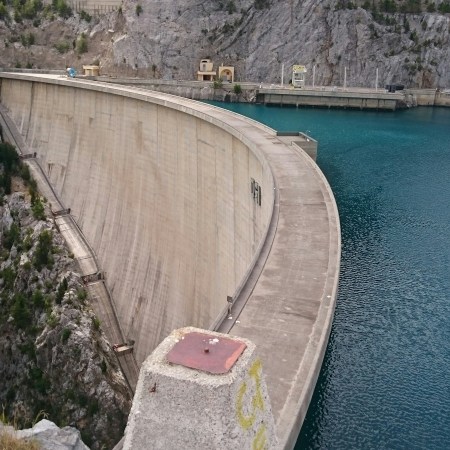According to a study published this week in Anxiety, Stress and Coping, there are two kinds of “climate copers” in this world: adaptive approach copers and maladaptive avoidance copers.
The difference is pretty simple: “[Adaptive copers] take action to try to improve the environment … [maladaptive copers] don’t bother because they don’t believe their actions will make a difference.”
University of Arizona researcher Dr. Sabrina Helm coined these terms, as part of her research into psychological reasons for why people feel alternately motivated or overwhelmed by the climate crisis. She recruited 334 parents, all of whom had children between the ages of three and 10 living with them, and probed a series of topics: climate change beliefs, stress about environmental issues, their confidence that consumers can make a difference, day-to-day actions (meat consumption, air travel, energy conservation) and their mental health.
These surveys revealed the adaptive and maladaptive types, though it wasn’t an even split. About 70% of those questioned were in the adaptive camp. This group was more concerned about climate change, more likely to take action in their own lives, and, crucially, more convinced that they could actually make a difference. The other 30%, the maladaptive copers, felt less “guilty” about climate change, and felt little need to change their behavior. They didn’t think it would move the needle either way.
Dr. Helm succeeded in identifying “profiles of ecological coping,” as she described in the paper’s abstract, but the most fascinating find from this study is the interplay between that one’s coping construct and one’s mental health. You’d expect the adaptive group to have poor mental health, considering a ton of scientific literature has already linked a warming, violent planet to anxiety and depression.
But that wasn’t the case. When contrasting these two groups, there was no obvious disparity in mental health. The group that worried more about the planet wasn’t more likely to suffer from mental health issues.
Why not? That’s unclear. Keep in mind that the adaptive group — while concerned about climate change — also had a more positive outlook on the future of the planet. They believed that they could actually contribute to the Earth’s recovery by making better choices today. Meanwhile the maladaptive group, while carefree, was also described as having “less wishful thinking” about their role in turning things around. It’s possible that those varied approaches, when adjusted for race, income, education level and employment status (the study did not include any “significant differences”) evened out the mentalities of each group.
As we look to fight the climate crisis in the coming years, Dr. Helm believes these profiles should impact our public messaging. “Those who are already acting pro-environmentally need reinforcement of that behavior, versus those who are in the maladaptive avoidance coping profile who don’t do much at all and need to be incentivized to start doing something.”
There’s one demographic distinction to keep in mind — women were more likely to fall into the adaptive group than men, indicating more compassion and hope for the environment. Hopefully more men can get themselves out of a maladaptive rut in the coming years, whether they have to be incentivized to do so or not.
The Charge will help you move better, think clearer and stay in the game longer. Subscribe to our wellness newsletter today.



















